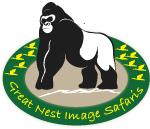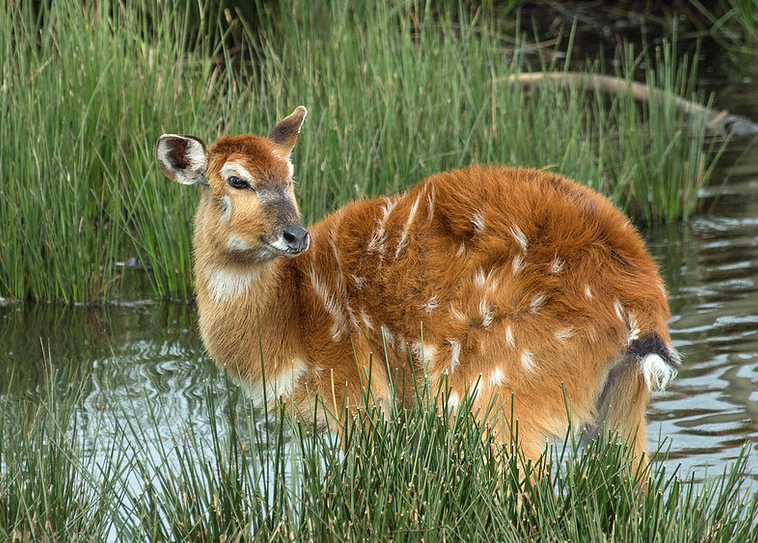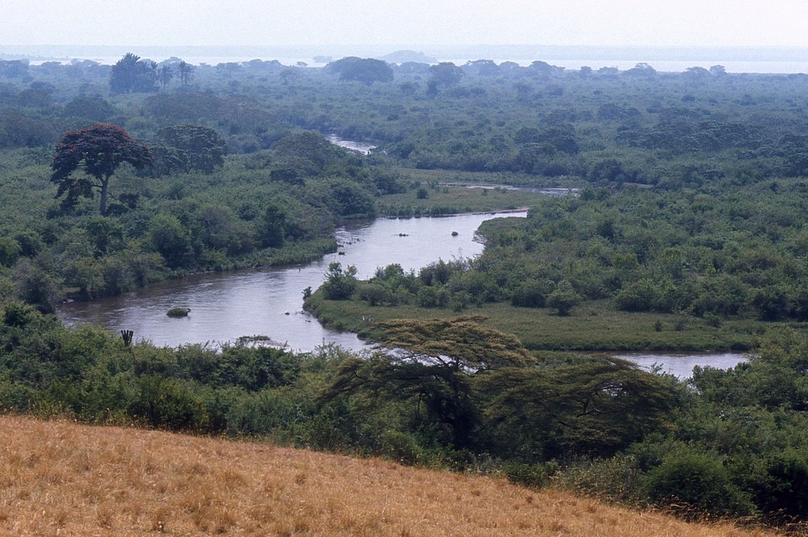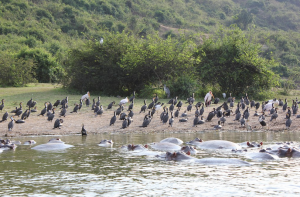Katonga Wildlife Reserve
Katonga Wildlife Reserve
Katonga Wildlife Reserve : named after the Katonga River, which flows from the swamps southwest of Lake Wamala towards Lake Victoria in the East, with lesser periodic flows from those same swamps to Lake George in the west and it also comes with mixed savanna and acacia woodlands. The reserve is located in the Ibanda and Kamwenge districts in the western Uganda, along the banks of the Katonga River. In Kamwenge district, it borders with the Biguli subcounty and some parts of the Mpara subcounty in Kyenjojo district. The reserve is approximately 200 kilometers by road, west of the capital of Uganda, Kampala. It was first gazetted as a game reserve in 1964 to serve as a corridor for migration of wildlife from Tanzania and western Uganda, in 1996 the reserve was upgraded to a wildlife reserve when a former game department and the Uganda national park merged to create the Uganda Wildlife Authority (UWA) an administrative body managing all the protective areas in Uganda. The flora within this nature reserve consists of the rare vegetation types such as the grassland, wooded grasslands, woodland, riverine woodland, papyrus, riverine grassland and swamp. The largest part of this area is mixed savanna featuring the acacia or the woodlands.
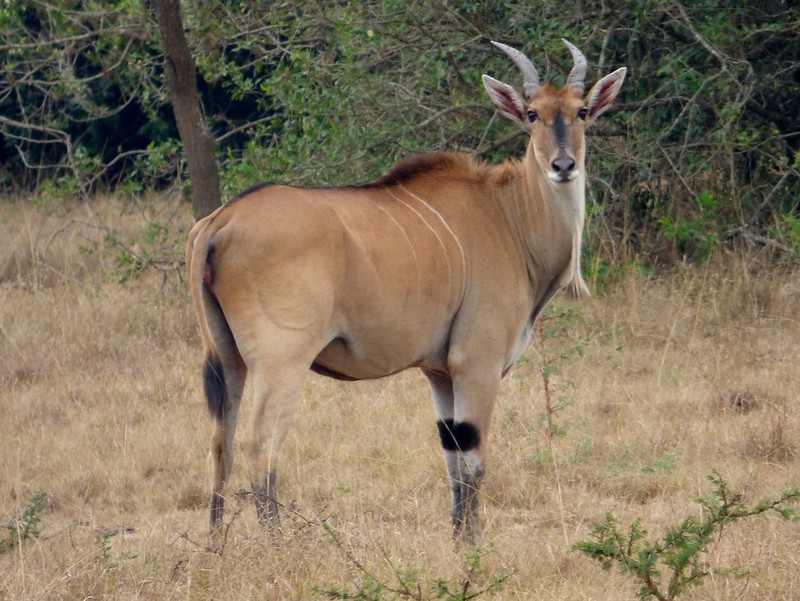
The reserve however features permanent, seasonal wetlands and also consists of several riverine and tropical forests. Its strategical geographical location comes with magical forests, swamps and also savanna vegetation where its diverse ecosystem thrives including variety of wildlife species. The dominant flora species include; Sporobolus festivus and also Chloris gayana. They thrive together with associate species such as setaria species, hyparrhenia species and panicum maximum. The reserve’s ecosystem is interlinked with the Nile system creating a significant wetland system for human survival. The reserve can either be explored by a canoe or by foot, it is a home to over 40 mammal species, butterfly species, reptiles and amphibians. Some of the mammal species you will come across include reedbuck, waterbucks, Uganda kob, warthogs, river otter, elephants, bushbuck, impalas, zebras, buffalos, topis, eland and many more. You will also come across various primates such as black and white colobus monkey, red-tailed monkey, olive baboons to mention a few. The reserve is considered one of the unique places to view the secretive sitatunga antelope in the Central and East Africa. Katonga wildlife reserve is also a home to over 150 bird species making it a great birding destination such as Squacco heron, goliath heron, grey heron, black-headed heron, cattle egret, dwarf bittern, great bittern, Madagascar night heron, intermediate egret, little egret, purple heron, rufous-bellied heron, great egret, striated heron and many more.
What to do at Katonga wildlife reserve
Canoeing
The canoe ride in this reserve takes you through the narrow channel and swampy vegetation of the reserve with a knowledgeable guide. While on the canoe you will get to enjoy the beautiful swamp vegetation of the reserve and also spot some bird species such as egrets, kingfishers, Egyptian goose, African fish eagle, plovers and many more. You will also see animals grazing in the reserve such as otters, elephants, warthogs, hippos, sitatungas and more. The canoe trail is approximately 2 kilometers ride through the reed and papyrus swamp guided by a local boat operator.
Guided nature walks
This activity is rewarding because the reserve has got three trails; the Kyeibbale trail which takes you through an area with tall rock formations, forested caves and valley. The Sitatunga trail takes you through the grassland and wetland, the trail offers tourists an opportunity to come across the rare sitatunga antelopes. The Kisharara trail which takes you through the main habitants within the reserve comprising of savanna, grassland and swamp fringes. It is a good trail for seeing sitatungas and other mammal species like the troop of the black and white colobus monkey and a number of bird species.
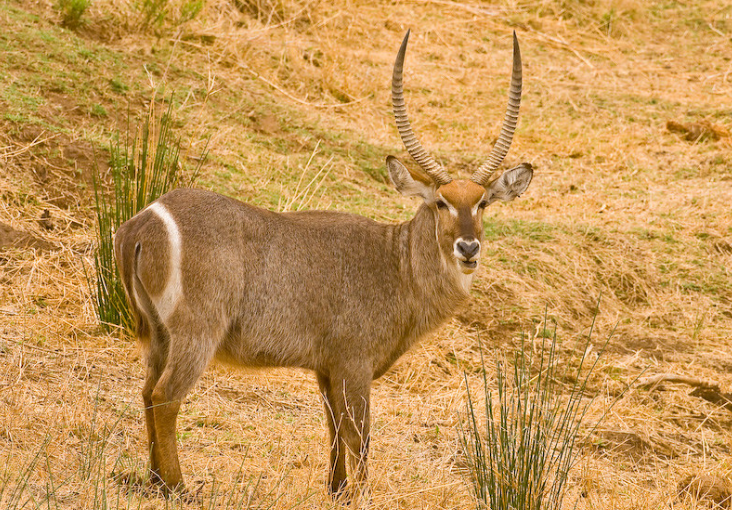
Wildlife viewing
Katonga wildlife reserve provides an opportunity to tourists to come across several mammal species and the common ones are elephants, olive baboons, Uganda kob, waterbucks, warthogs, zebras, elands to mention a few. An experienced guide will take you through this activity and feel free to ask anything about these species.
Community walks
Due to your interest, your tour guide can arrange for you a community walk in order for you to know more about Ugandan people and their way of living. The surrounding people are the Banyankore or Ankole people who are known for keeping large herds of long horned cattle. Get a chance to visit their homesteads for breathtaking activities such as how they prepare their meals, their traditional dances, games, storytelling by the elders and many more.
When to visit the reserve
Katonga wildlife reserve can be visited by tourists throughout the year, but the best time to visit the reserve is in the dry season in the months of December, February, June and July.
How to get there
The reserve straddles between Ibanda and Kamwenge districts in the western part of Uganda. It is located along the banks of the river, approximately 200 kilometers (120 mi) by road and west of Uganda’s capital Kampala, approximately 4 hours’ drive.
